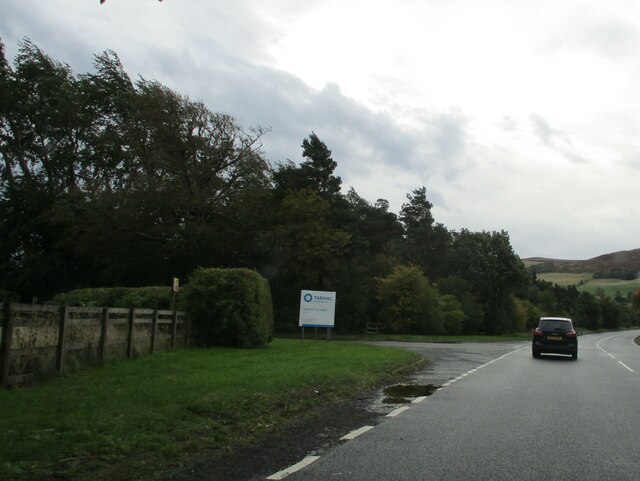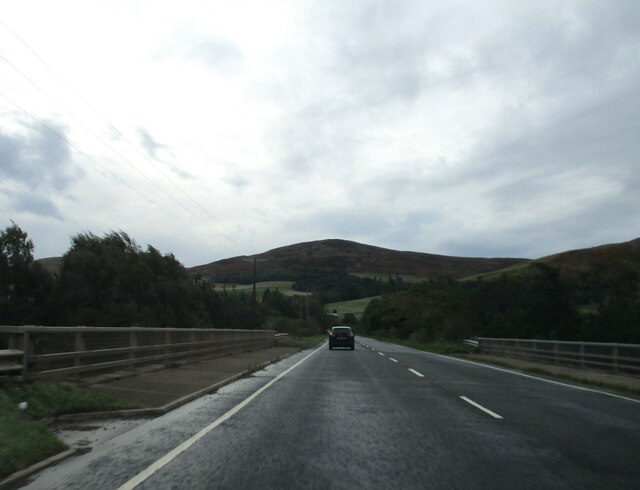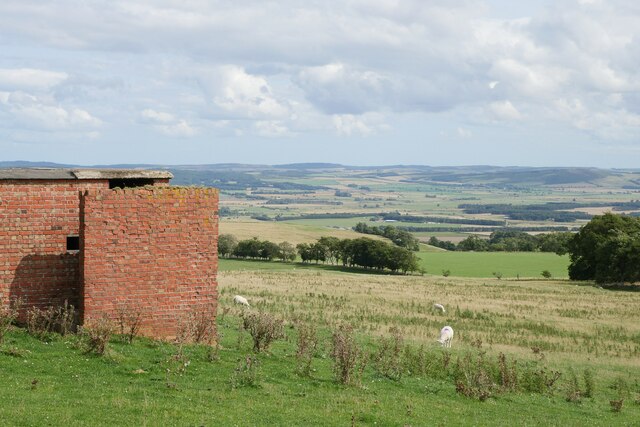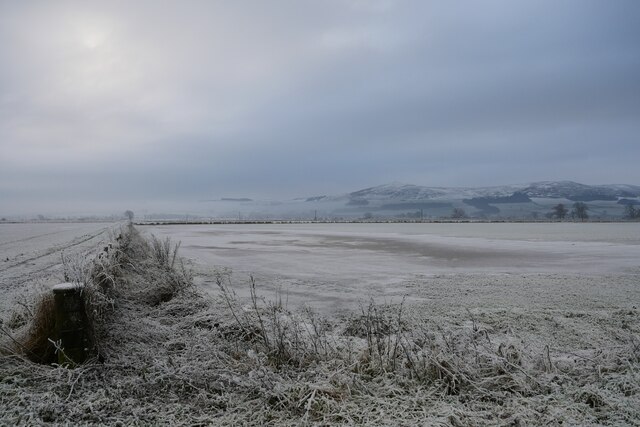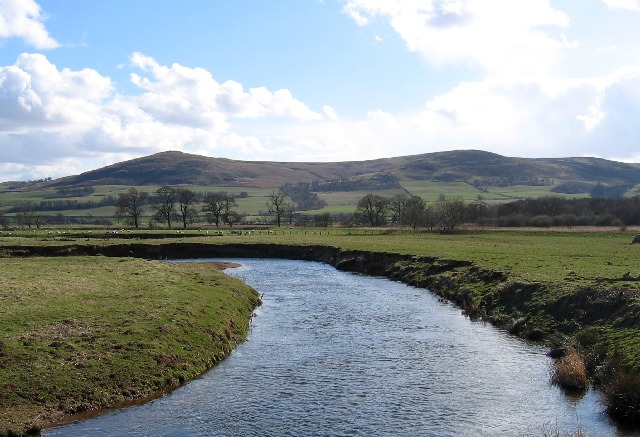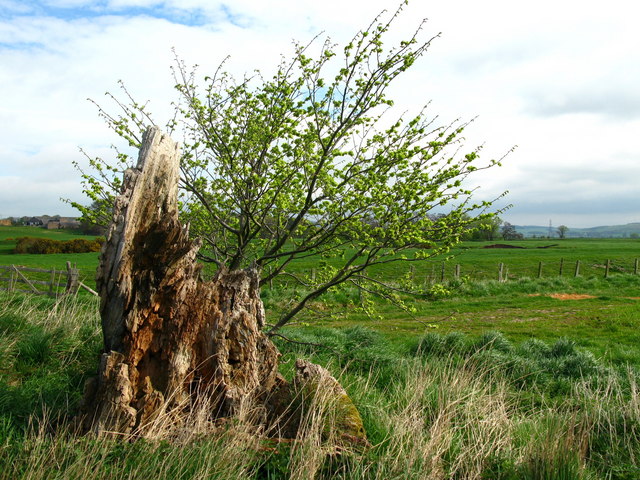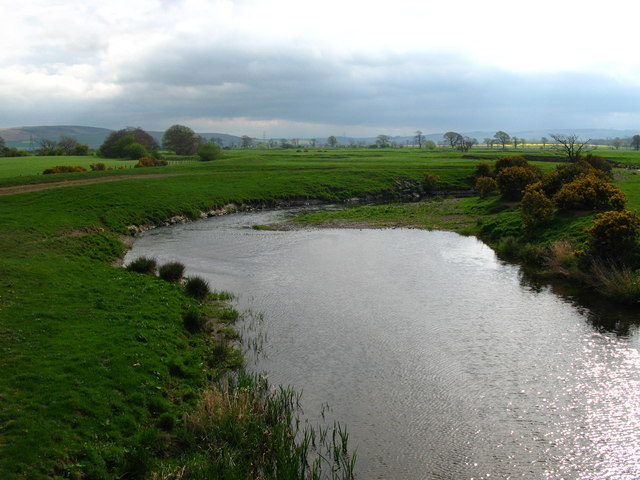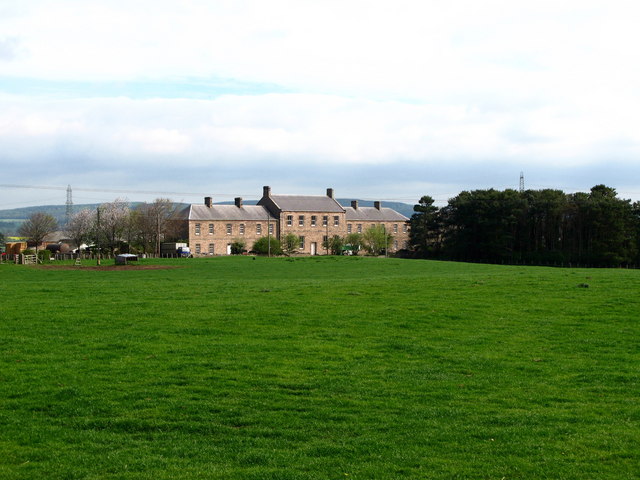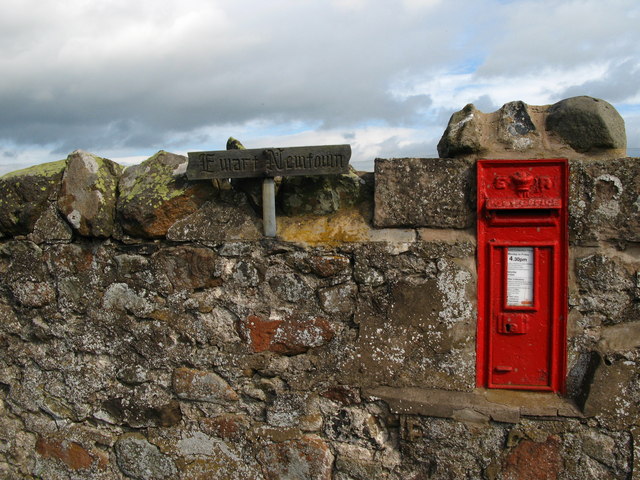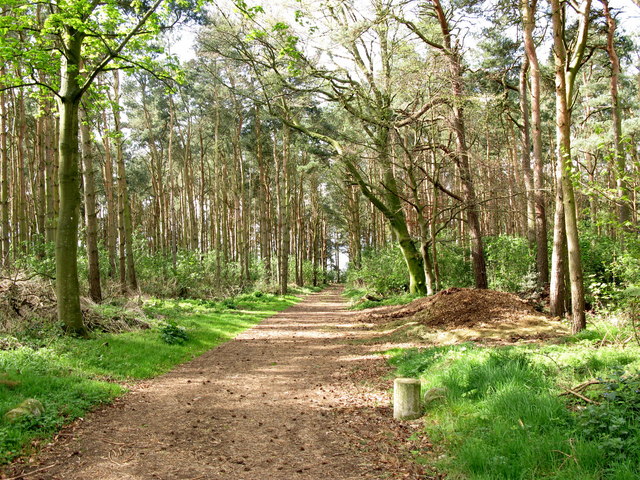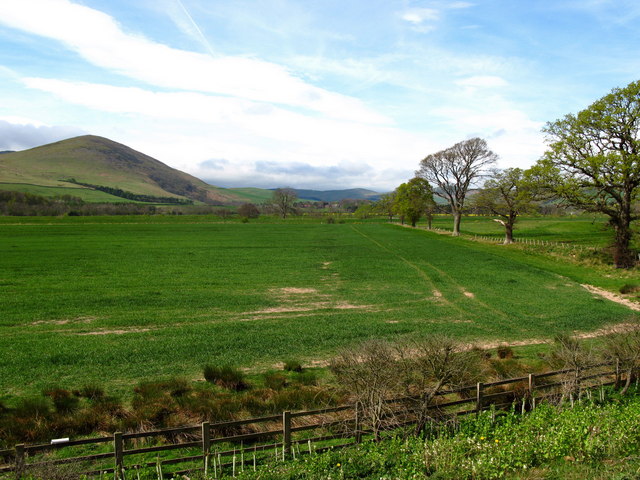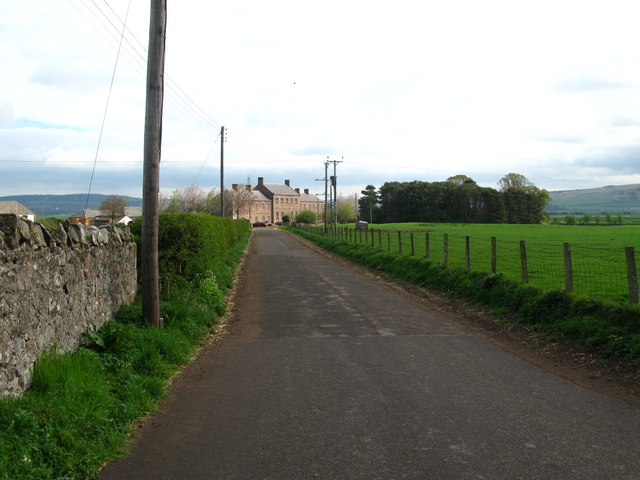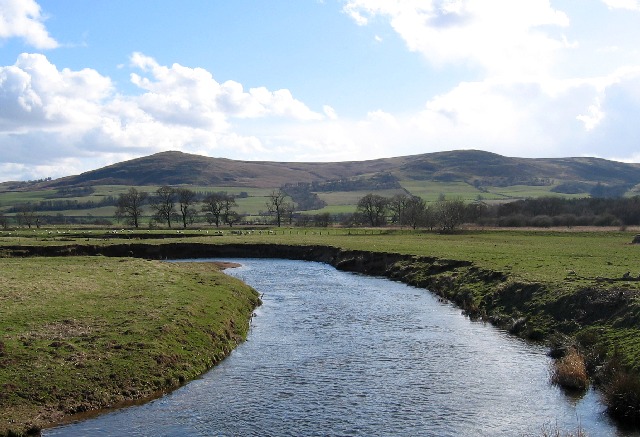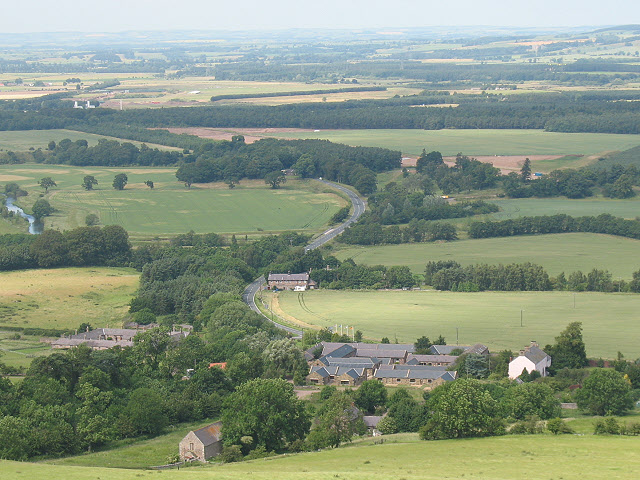Tilesheds Woods
Wood, Forest in Northumberland
England
Tilesheds Woods
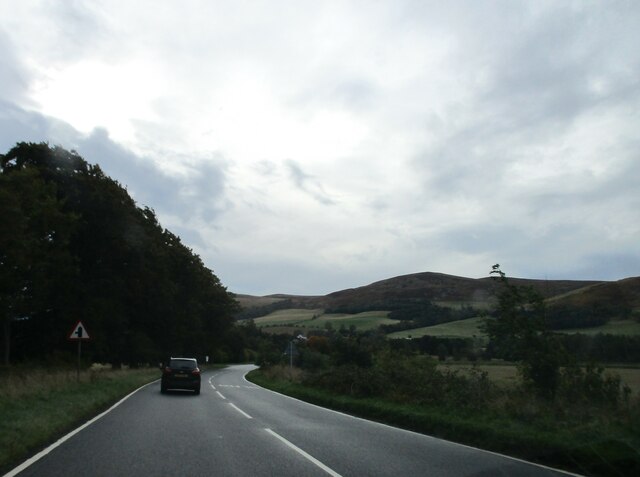
Tilesheds Woods is a picturesque woodland located in Northumberland, England. Covering an area of approximately 50 acres, it is situated near the small village of Alwinton, nestled within the remote and tranquil Coquet Valley. The woods are part of the wider Northumberland National Park, renowned for its stunning natural landscapes and rich biodiversity.
The woodland consists predominantly of native broadleaf trees, such as oak, ash, birch, and rowan, which create a dense canopy overhead. These trees provide a habitat for a diverse range of wildlife, including woodland birds such as woodpeckers, owls, and warblers, as well as small mammals like squirrels and hares.
A network of well-maintained paths and trails winds its way through the woods, offering visitors the opportunity to explore and immerse themselves in the beauty of the natural surroundings. These paths meander alongside a babbling brook that runs through the woods, adding to the serene and peaceful atmosphere.
Tilesheds Woods is particularly renowned for its vibrant display of bluebells in the spring, carpeting the forest floor with a sea of indigo blooms. This annual spectacle attracts visitors from far and wide, who come to witness the breathtaking beauty and take part in nature walks and photography opportunities.
The woods also provide a popular destination for outdoor enthusiasts, with opportunities for hiking, cycling, and picnicking. The surrounding landscape boasts breathtaking views of the nearby Cheviot Hills and the Northumberland countryside, adding to the appeal of the area.
Overall, Tilesheds Woods offers a tranquil retreat for nature lovers, providing a sanctuary to explore, relax, and appreciate the natural wonders of Northumberland.
If you have any feedback on the listing, please let us know in the comments section below.
Tilesheds Woods Images
Images are sourced within 2km of 55.573559/-2.0553219 or Grid Reference NT9631. Thanks to Geograph Open Source API. All images are credited.
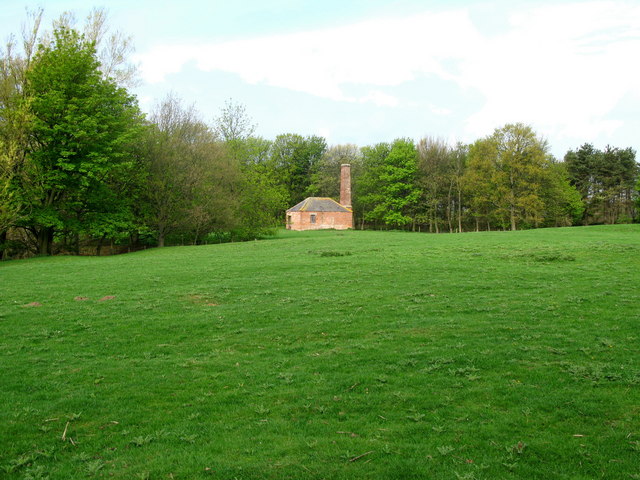
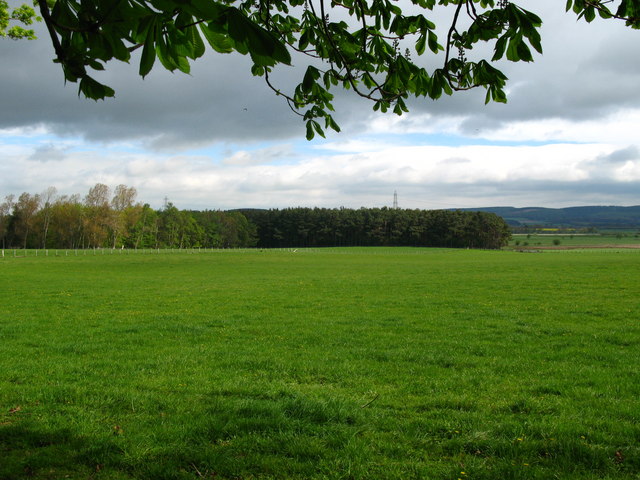
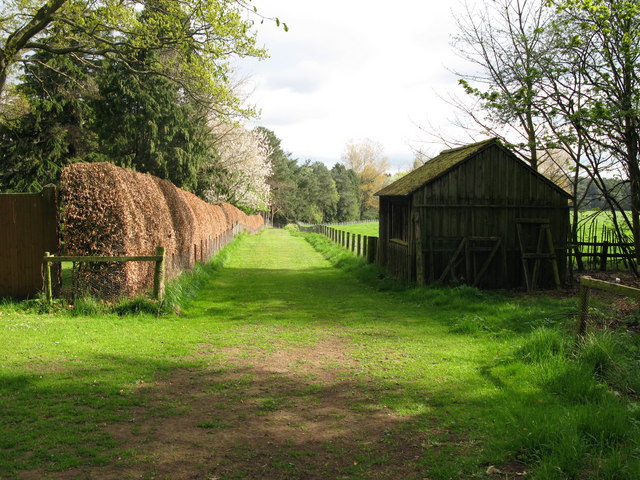
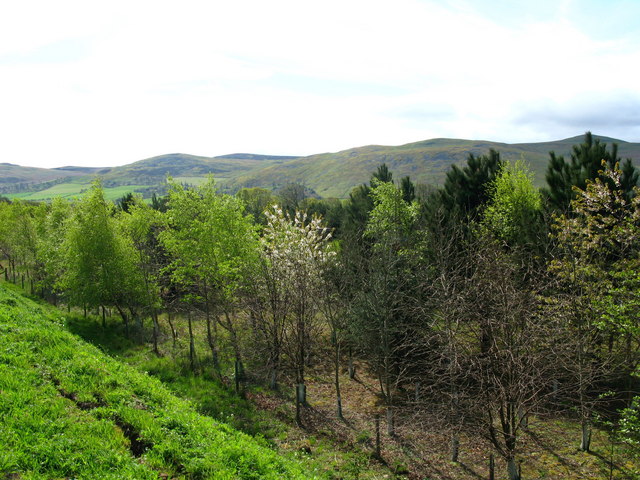
Tilesheds Woods is located at Grid Ref: NT9631 (Lat: 55.573559, Lng: -2.0553219)
Unitary Authority: Northumberland
Police Authority: Northumbria
What 3 Words
///expectant.wolves.snatched. Near Doddington, Northumberland
Nearby Locations
Related Wikis
Akeld railway station
Akeld was a stone built railway station serving the hamlet of Akeld in Northumberland, England. It was on the Alnwick to Cornhill Branch which ran from...
Battle of Homildon Hill
The Battle of Holmedon Hill or Battle of Homildon Hill was a conflict between English and Scottish armies on 14 September 1402 in Northumberland, England...
River Glen, Northumberland
The River Glen is a seven mile long tributary of the River Till flowing through Northumberland, England. The College Burn and Bowmont Water, both flowing...
Akeld
Akeld is a village and civil parish in Northumberland, England. It is situated around 2.7 miles (4.3 km) to the west of Wooler and 9.3 miles (15.0 km)...
Nearby Amenities
Located within 500m of 55.573559,-2.0553219Have you been to Tilesheds Woods?
Leave your review of Tilesheds Woods below (or comments, questions and feedback).
